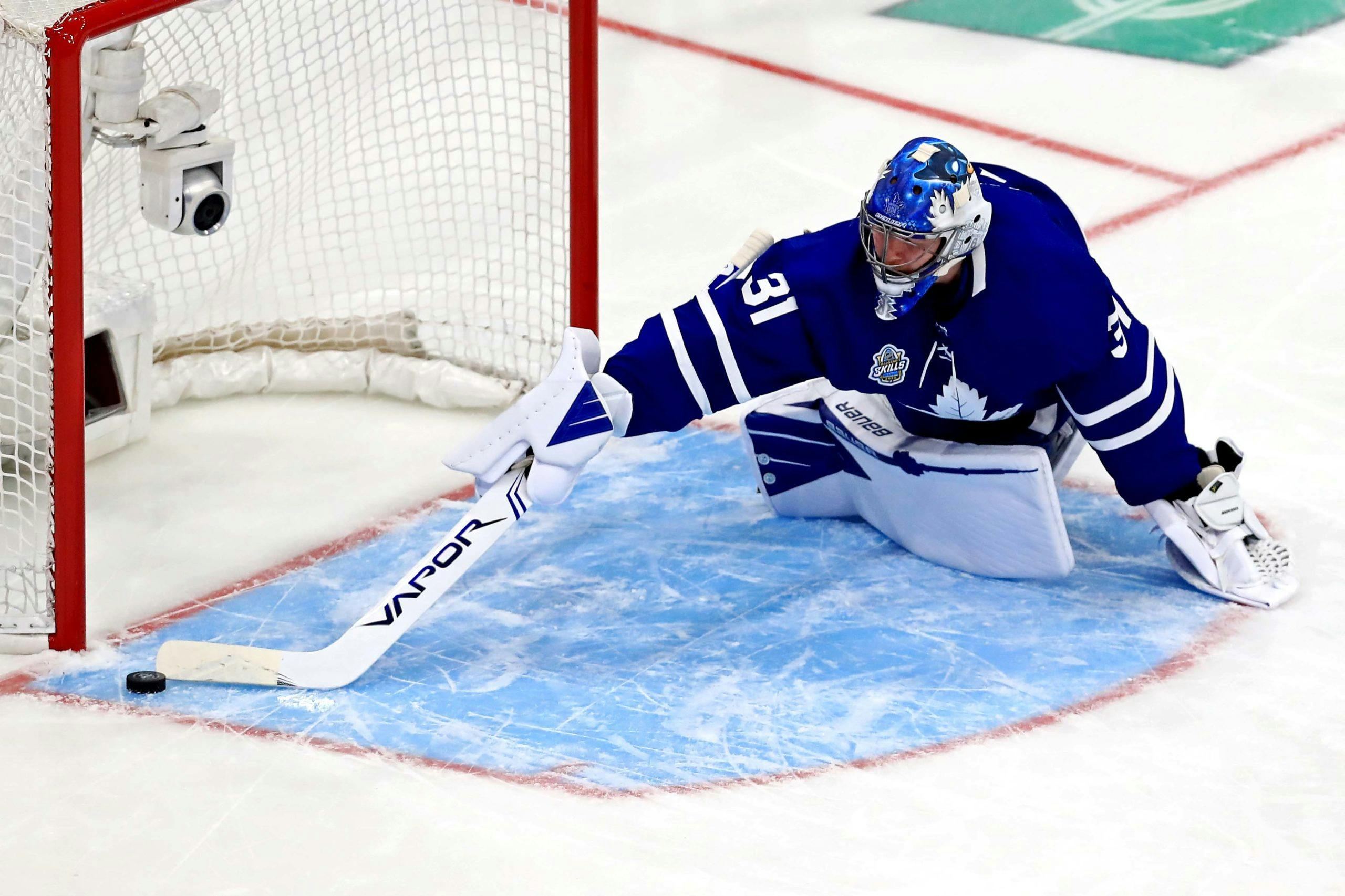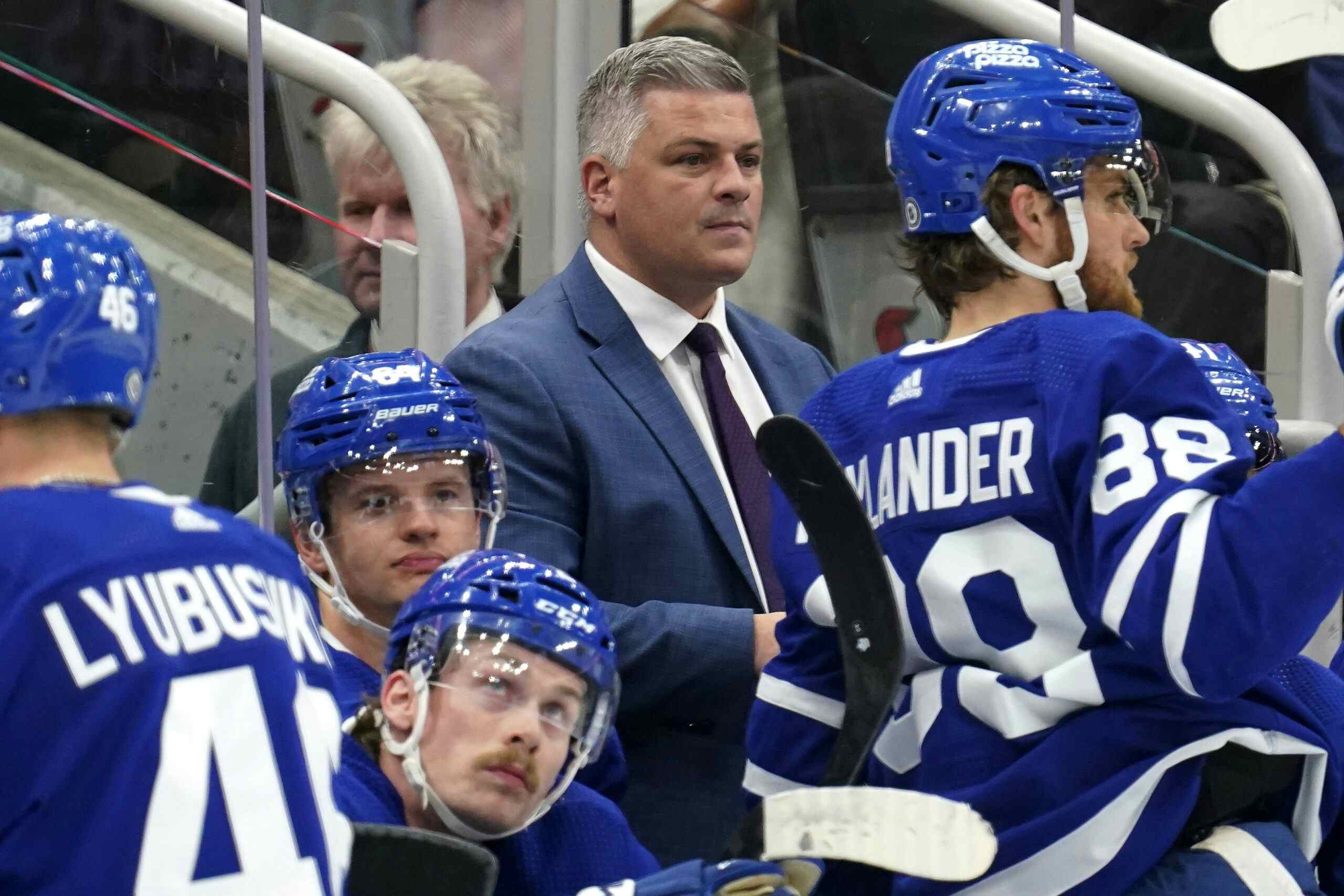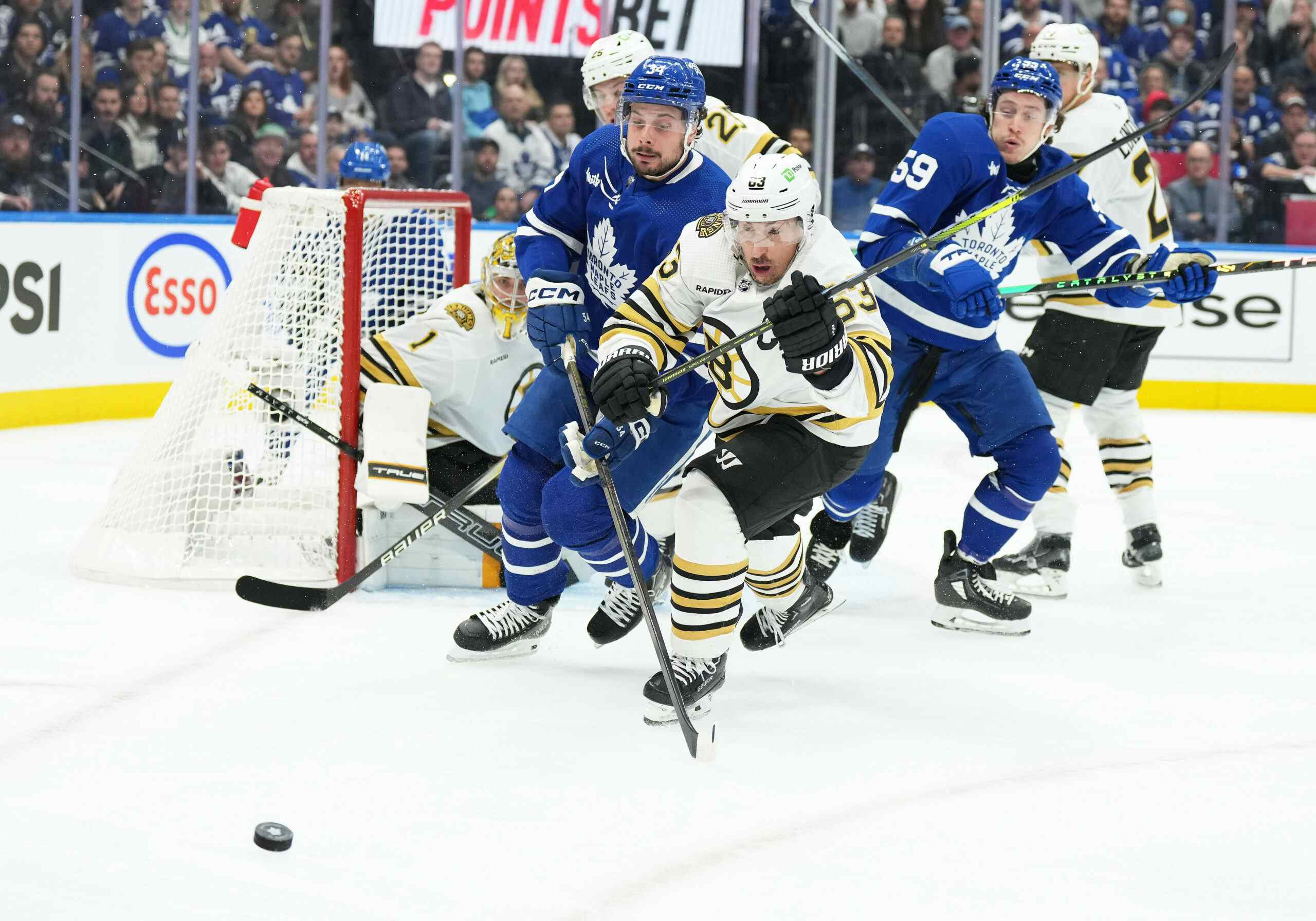Draft Flashbacks – Re-evaluating the Leafs 2010 draft

With the potential that the 2020 NHL Draft may be coming sooner rather than later, it’s time to get fully on board with the draft hype, as we may finally have some kind of hockey content that doesn’t involve re-watching old hockey games.
One of my favourite parts about drafts is looking back on them several years later, and seeing how good or bad some teams did every year, as well as some of the busts in the early rounds and hidden gems found in later rounds.
So, I’m going to do just that with Draft Flashbacks. This series will take a look at each individual draft and re-examine every pick the Leafs made, and see who was the best pick available with the hindsight of seeing what kind of player they’ve turned into. And to finish it off, I’ll do a what if scenario based on the best possible drafts the Leafs could’ve had.
Today we reach the infamous 2010 draft which saw the Leafs not have their second overall pick because of the Phil Kessel trade. Not only that, but they didn’t get much of anything out of the rest the picks either.
Round 2: 43rd overall
Who the Leafs picked: Brad Ross
Best player available (within 20 picks): Tyler Toffoli (Los Angeles, 47th overall)
Best player available (overall): Mark Stone (Ottawa, 178th overall)
Ah, Brad Ross. One of a million examples during the Burke era of why drafting for size is a terrible idea. Ross ended up being one of five players drafted in the second round to not play any NHL games (if it makes you feel better, Jared Knight, the second round pick from the Kessel trade, is also one of those players). At least we got something for him, as the Leafs traded Ross and a fourth for Martin Marincin, who was also selected three picks after Ross.
And right after Marincin was Tyler Toffoli, who was a key part to the Kings 2014 Stanley Cup victory, and has been a great secondary scoring option for the Kings and now the Canucks, with 145 goals and 300 points to his name in 525 games.
Round 3: 62nd overall & 79th overall
Who the Leafs picked: Greg McKegg & Sondre Olden
Best player available (within 20 picks): Bryan Rust (Pittsburgh, 80th overall)
Best player available (overall): Mark Stone
You might want to sit down for this one: Greg McKegg is the best player to come out of this draft for the Leafs, and he didn’t even do it with the Leafs. He logged four games with the Leafs, and has since bounced between Florida, Tampa, Pittsburgh, Carolina, and the Rangers. At the very least, we got Zach Hyman for him.
Taken right after Sondre Olden (whoever that is) was Bryan Rust, who spent most of his career as a depth forward for Pittsburgh before breaking out this year with 56 points in 55 games. How did that even happen? Regardless, he is the best player available, although taken just before the Leafs fourth round pick was current Avalanche goaltender Phillipp Grubauer.
Round 4: 116th overall
Who the Leafs picked: Petter Granberg
Best player available (within 20 picks): John Klingberg (Dallas, 131st overall)
Best player available (overall): Mark Stone
Granberg is one of the other prospects to actually get games, but once again not with the Leafs. He played eight games with the Leafs before being claimed on waivers by the Predators, where he played his remaining 37 with. He is now out of the league and is playing in Sweden.
Someone should’ve sold Burke on a different guy with Berg in their last name, because half a round later, John Klingberg was drafted to Dallas, where he has gone on to become their top right shot defenseman, and one of the better defensemen in the league, something the Leafs desperately need.
Round 5: 144th overall & 146th overall
Who the Leafs picked: Sam Carrick & Daniel Brodin
Best player available (within 20 picks): Brendan Gallagher (Montreal, 147th overall)
Best player available (overall): Mark Stone
Sam Carrick is the last player in this draft to actually get some NHL games, as he played 19 games with the Leafs, albeit during the tanking era. Unfortunately, that’s the most games the Leafs got out of anyone in this draft.
Picked right after Daniel Brodin (again, whoever that is) was Brendan Gallagher, who has become a very good power forward and pest for the Canadiens, putting up points while also being really strong defensively as well. Speaking of good defensive forwards, this is the last pick the Leafs had before Mark Stone (who you may have noticed has been on our radar the whole draft), who is a consistent point producer while also being one of the best defensive forwards in the league. Yes please.
Round 7: 182nd overall
Who the Leafs picked: Josh Nicholls
Best player available (within 20 picks): Frederik Andersen (Carolina, 187th overall)
Best player available (overall): Frederik Andersen
Hell yeah, let’s draft Andersen again. If you’re wondering why he’s here after his appearance in the 2012 draft flashback, that’s because he was originally drafted by Carolina, wasn’t signed, and was put back in the draft where he was picked by Anaheim. I wasn’t originally going to pick him again, but there wasn’t much left (unless you’d prefer Zach Trotman and his 91 games).
What If?
Ideal Draft
43rd – Tyler Toffoli
62nd – Bryan Rust
79th – Phillipp Grubauer
116th – John Klingberg
144th – Brendan Gallagher
146th – Mark Stone
182nd – Frederik Andersen
So, there are actually a few repercussions to this draft. As I mentioned in the 2012 article, drafting Andersen means we don’t have to give up assets for him. On top of that, drafting Toffoli means that we don’t have Ross to trade to Edmonton for Marincin (oh, darn), and drafting Rust instead of McKegg means that we don’t get Zach Hyman, which is much closer of a skill gap.

Using Charting Hockey’s WAR Lineup Creator, this would be the ideal lineup with these new draft picks. What this draft does is strengthen our already strong right wing depth, and weaken our weak left wing depth, so maybe not ideal, but I’m sure you could convince one of the skilled wingers to play on their off side to play with Matthews and Tavares. This also gives us a justifiable reason to play Nylander as the third line centre, so not bad.
Overall Evaluation
You thought the 2011 draft was bad, but somehow Burke did worse in 2010. The best player the Leafs drafted was a fringe depth player, and all of their picks played a combined 31 games for them. And this is if you ignore the fact that Burke dealt their first round pick, which ended up drafting the best player in this draft.
Grade: F
Recent articles from Scott Maxwell





